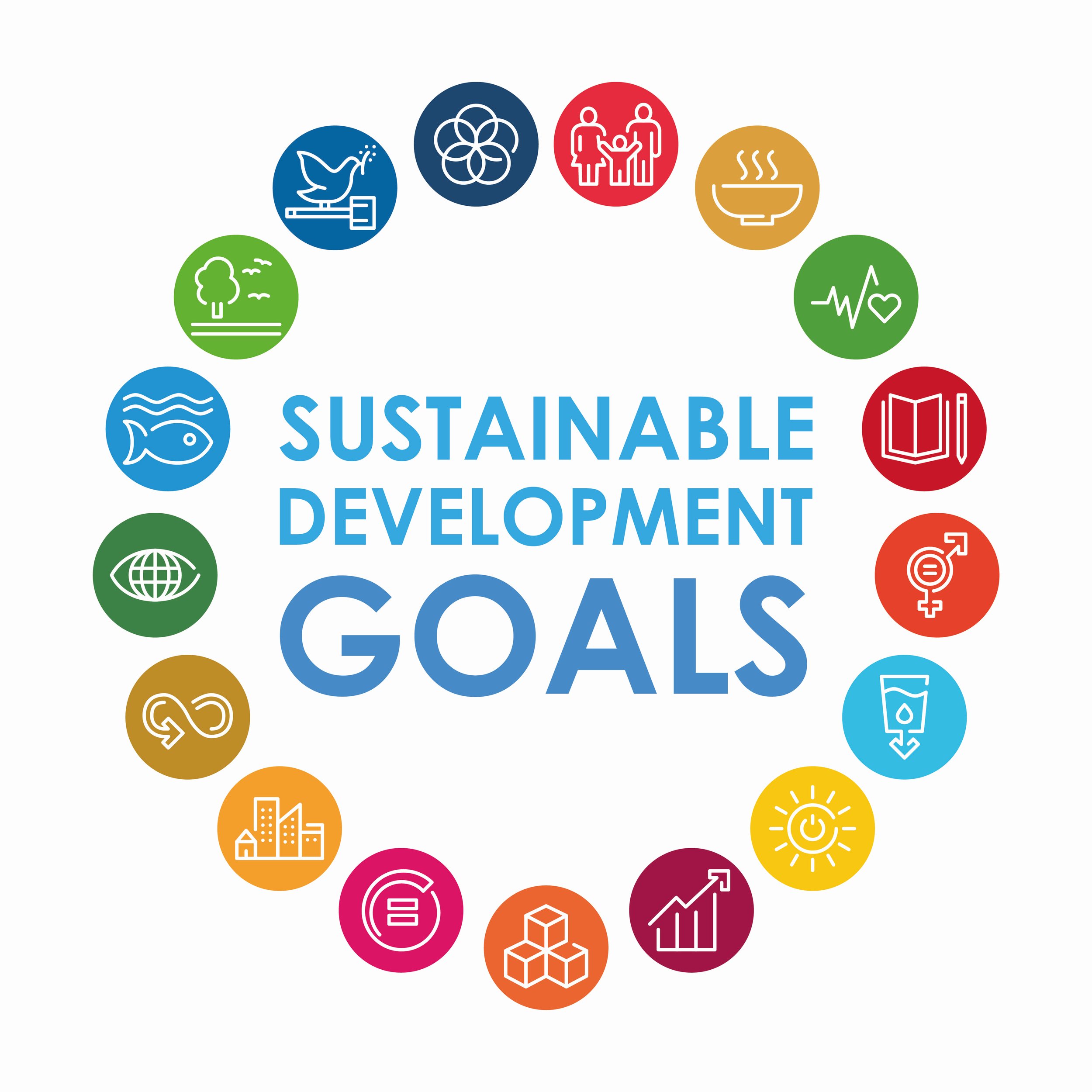
Impact
The Save the Sand project aims to create transformative change in the Sabie-Sand River Catchment through tree planting, sustainable agriculture, and community empowerment.
Our holistic approach delivers benefits across three key areas
-
Planting 3.5 million indigenous and fruit trees across 35,000 hectares
Sequestering over 6 million tonnes of CO2 over 40 years
Restoring degraded landscapes and enhancing biodiversity
Improving soil health and water retention in the catchment
Creating wildlife corridors and habitats for endangered species
-
Engaging over 3,000 smallholder farmers in sustainable agroforestry
Providing skills training and long-term mentorship to farmers
Creating new income streams through carbon credits and agroforestry products
Empowering women and youth through targeted programs
Preserving indigenous knowledge and cultural practices
-
Generating an estimated $90-180 million in carbon credit revenue over 40 years
Increasing average farmer incomes by up to 200% within 5 years
Creating jobs in tree planting, nursery management, and product processing
Developing new markets for sustainable agroforestry products
Attracting ecotourism to the region
Our Approach
We take a community-centered approach, working closely with local leaders, farmers, and organizations to ensure our initiatives are culturally appropriate and deliver lasting benefits.
By combining traditional knowledge with innovative practices, we're building resilience and prosperity that will endure for generations to come. Our model emphasizes participatory decision-making, ensuring that local voices guide project development and implementation.
We also prioritize adaptive management, continuously learning from our experiences and refining our strategies to maximize impact.
This flexible, responsive approach allows us to address emerging challenges and opportunities in real-time, creating a dynamic and evolving project that remains relevant and effective over its long-term duration.
Sustainable Development Goals
The Save the Sand project directly contributes to multiple United Nations Sustainable Development Goals
By addressing these interconnected goals, the Save the Sand project contributes to South Africa's broader sustainable development agenda. Our approach demonstrates how targeted environmental interventions can drive progress across multiple SDGs, creating lasting positive change for both people and nature.
-
Context: The Bushbuckridge area, where our project is located, faces high unemployment and poverty rates. Our Impact:
Creating over 3,000 jobs in tree planting, nursery management, and agroforestry
Increasing average farmer incomes by up to 200% within 5 years through diversified revenue streams
Providing skills training and long-term mentorship to enhance employability
-
Context: Many smallholder farmers in the region struggle with food insecurity due to unpredictable weather patterns and degraded soils. Our Impact:
Introducing agroforestry systems that provide diverse food sources, including fruits and nuts
Improving soil fertility and water retention, leading to increased crop yields
Supporting the cultivation of climate-resilient crop varieties
-
Context: Women in rural South Africa often face limited economic opportunities and decision-making power. Our Impact:
Ensuring at least 50% of project beneficiaries are women
Providing targeted training and support for women-led agroforestry enterprises
Promoting women's leadership in community decision-making processes
-
Context: The Sabie-Sand River Catchment faces water scarcity and quality issues due to land degradation and climate change. Our Impact:
Planting trees to reduce soil erosion and improve water infiltration
Implementing riparian buffer zones to enhance water quality
Supporting sustainable water management practices in agriculture
-
Context: The region faces high unemployment, particularly among youth. Our Impact:
Creating a range of jobs across the agroforestry value chain
Providing vocational training in sustainable agriculture and forestry
Supporting the development of small businesses related to tree products and eco-tourism
-
Context: South Africa is highly vulnerable to climate change, with rural areas facing increased droughts and extreme weather events. Our Impact:
Sequestering over 6 million tonnes of CO2 through tree planting over 40 years
Enhancing community resilience through diversified livelihoods and improved ecosystem services
Educating communities on climate change adaptation strategies
-
Context: The Sabie-Sand River Catchment, part of a global biodiversity hotspot, faces threats from land degradation and habitat loss. Our Impact:
Restoring 35,000 hectares of degraded land through tree planting and improved land management
Creating wildlife corridors to connect fragmented habitats
Protecting and propagating indigenous tree species
Verra CCB Standards
The Verra Climate, Community & Biodiversity (CCB) Standards complement our carbon accounting by ensuring our project delivers exceptional benefits across three critical areas.
By combining VM0047 with CCB Standards, we ensure our project not only delivers measurable and verifiable climate benefits, but also creates holistic positive impacts that go beyond carbon sequestration. This integrated approach meets the highest standards of environmental and social performance, providing assurance to our supporters that their investment drives meaningful, multi-faceted change in the Sabie-Sand River Catchment.
-
Building on VM0047, we demonstrate additional climate benefits such as:
Enhanced ecosystem resilience to climate change
Improved water cycle regulation
Reduced vulnerability to extreme weather events
Potential for Gold Level certification in Climate Change Adaptation
-
Inclusive stakeholder engagement and participatory decision-making
Equitable benefit-sharing mechanisms, ensuring carbon revenues support local development
Preservation of cultural heritage and traditional knowledge
Potential for Gold Level certification in Exceptional Community Benefits
-
Protection and enhancement of Key Biodiversity Areas
Creation of wildlife corridors and habitats for endangered species
Promotion of native species and ecosystem restoration
Potential for Gold Level certification in Exceptional Biodiversity Benefits
Measuring Impact
We are committed to transparency and continuous improvement. Our impact is regularly monitored and verified by independent third-party auditors, ensuring we meet the highest standards of environmental and social performance.
By supporting the Save the Sand project, you're contributing to a initiative that delivers measurable, positive impacts across multiple dimensions of sustainability. Together, we can create a model for integrated landscape restoration that benefits both people and nature.




